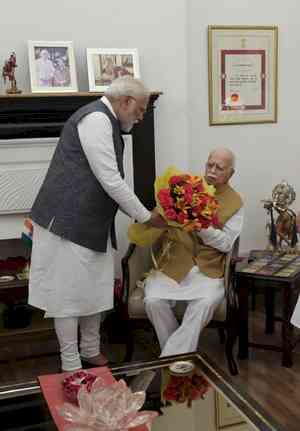Powering Homes, Strengthening the Economy: Punjab’s 600 Units Free Electricity Scheme
In a major step towards economic empowerment and inclusive welfare, the Punjab government under the leadership of Chief Minister Bhagwant Singh Mann had implemented a groundbreaking scheme offering 600 units of free electricity every billing cycle to every household in the state. This bold initiative has drastically reduced the financial burden on families and brought transformative changes in how basic utilities are accessed and managed.

In a major step towards economic empowerment and inclusive welfare, the Punjab government under the leadership of Chief Minister Bhagwant Singh Mann had implemented a groundbreaking scheme offering 600 units of free electricity every billing cycle to every household in the state. This bold initiative has drastically reduced the financial burden on families and brought transformative changes in how basic utilities are accessed and managed.
Launched with the vision of reducing the cost of living and ensuring equitable distribution of resources, the scheme has had a far-reaching impact. Nearly 90% of domestic consumers in Punjab now receive zero electricity bills, marking a significant achievement in public welfare delivery. For millions of families, especially in rural and economically vulnerable areas, this initiative has translated into substantial monthly savings.
Relief for Citizens Across the Board
Electricity bills have long been a major component of household expenses, particularly for families involved in agriculture, small businesses, and labor-intensive occupations. With this new provision, citizens are now able to redirect their savings towards other essential areas like children’s education, healthcare, and home improvements.
Importantly, this scheme is universal and non-discriminatory, covering all households irrespective of caste, income, or profession. It reflects the administration’s commitment to inclusive and accessible governance—where every citizen benefits equally from public policies.
Economic Efficiency with Fiscal Discipline
While such a massive subsidy might seem financially daunting, the results have defied expectations. Punjab’s Power Department has reported a net profit of ₹311 crore, even after waiving off 600 units of electricity per household. This unexpected outcome has prompted discussions about the efficiency and sustainability of the model adopted by the state.
This success has been made possible through a strategic crackdown on power theft, reduction in transmission losses, and better utilization of staff and infrastructure. By tightening leakages in the system and ensuring optimal use of manpower and materials, the government has not only made power supply more efficient but also financially viable.
Encouraging Responsible Consumption
Beyond subsidies, the initiative also promotes energy responsibility and transparency. Citizens are now more conscious of their consumption, aiming to stay within the free unit limit. This shift encourages better energy conservation habits and aligns with broader environmental goals.
The government has taken steps to upgrade billing systems, improve monitoring, and ensure uninterrupted power supply—laying a strong foundation for a modern, transparent, and accountable energy infrastructure.
A Model for Citizen-Centric Governance
This initiative is more than just a subsidy—it is a statement of governance that places people at the center of policy. By delivering real financial relief without compromising the health of public utilities, Punjab has demonstrated how well-designed welfare programs can uplift citizens while maintaining fiscal responsibility.
As the state continues to invest in infrastructure and social welfare, the 600-unit electricity scheme stands out as a beacon of pro-people governance, ensuring that essential services like electricity are accessible, reliable, and equitable for all.


 Manoj Dhiman
Manoj Dhiman 









